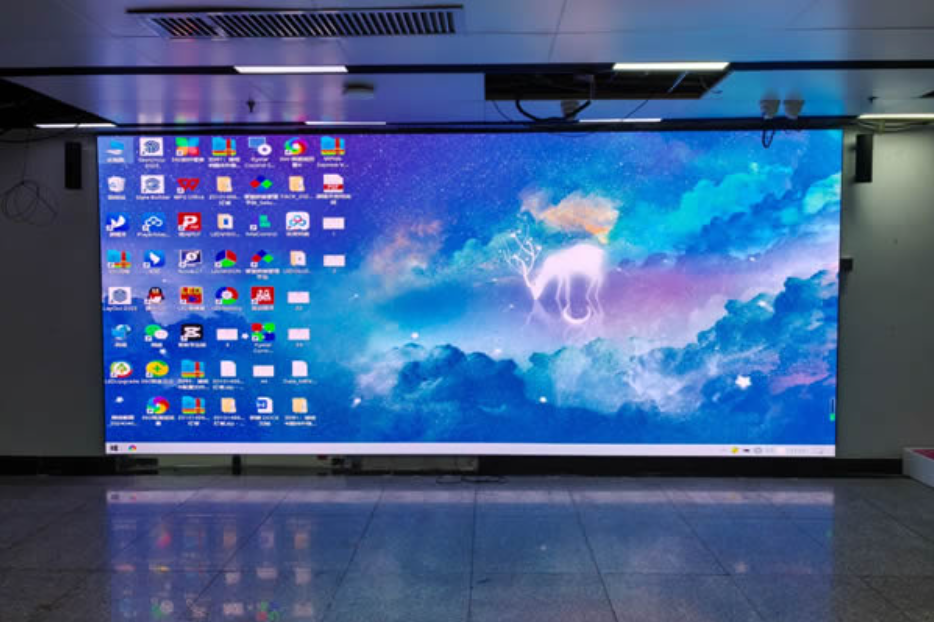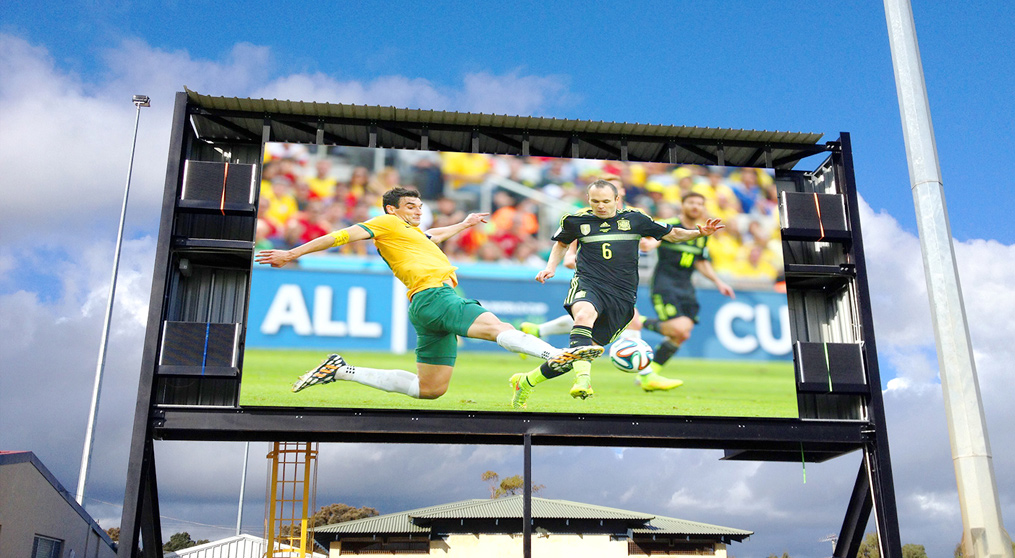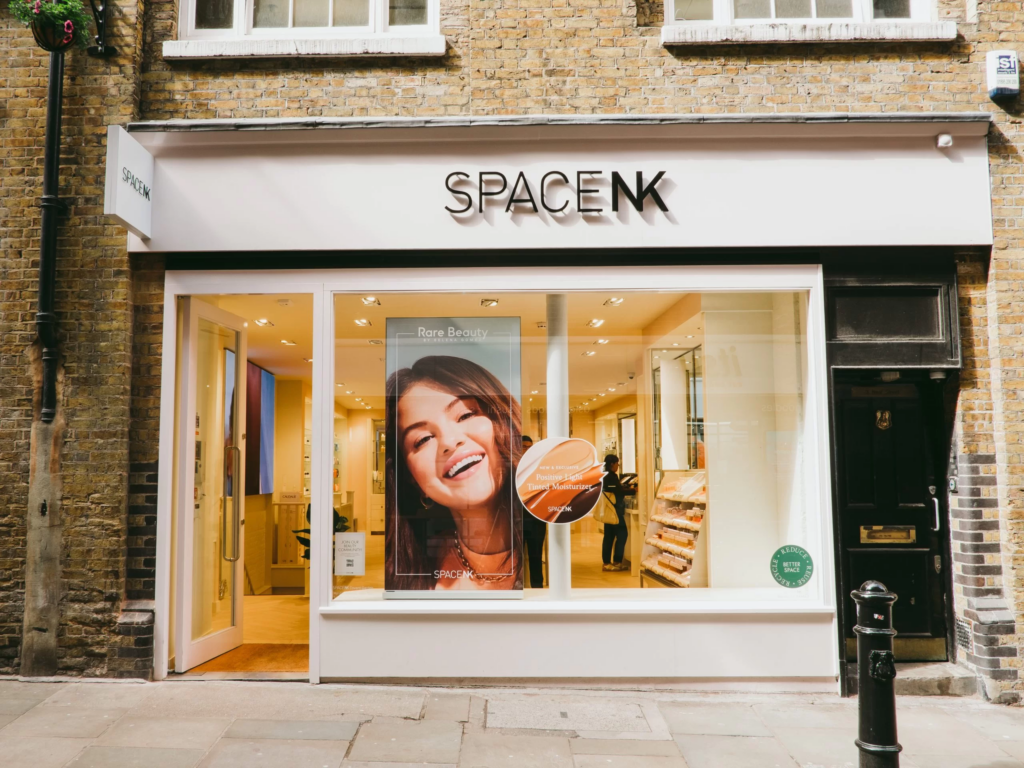LED screens have become an integral part of urban landscapes, providing clear access to real-time information, live event broadcasts, and dynamic advertisements. Whether you’re outfitting a retail chain, exhibition hall, museum, or outdoor location, selecting the right type of LED screen is key to ensuring optimal performance and visual impact. Here’s a breakdown of the most common types of LED screens and their applications to help you make an informed decision.
Indoor LED Screens
Indoor LED screens are ideal for environments where clarity and high resolution are critical. These screens are commonly used in shopping malls, retail stores, conference rooms, restaurants, and other indoor spaces.
They typically have a higher pixel density and lower pixel pitch, making them suitable for close-range viewing. While not as bright as outdoor screens, they are more energy-efficient and cost-effective for indoor use.

Outdoor LED Screens
Outdoor LED screens are designed to withstand harsh weather conditions and extreme temperatures. These screens are built to resist rain, dust, and other environmental factors, making them perfect for roadside billboards, transport hubs, and large outdoor events like sports stadiums.
With high brightness levels, outdoor LED screens ensure content is clearly visible even in direct sunlight. Some models also come with auto-brightness adjustment technology, which ensures optimal visibility at all times of day.

Transparent LED Screens
Transparent LED screens, or grille screens, are unique in that they emit light without the need for a solid background. These screens are often used on glass-walled buildings or historical sites where visual intrusion must be minimized.
Transparent screens are ideal for retail window displays, museums, and art galleries, allowing light to pass through while still showcasing high-quality digital content. They typically consume less energy, but may not be as bright as traditional LED screens, making them less suitable for direct sunlight exposure.

Flexible LED Screens
Flexible LED screens can bend and fold, making them perfect for creative and non-traditional installations. These screens are often used to wrap around building exteriors, create cylindrical shapes, or form immersive, 360-degree displays in exhibitions and stages.
Flexible LED screens are lightweight, easy to install, and can be mounted on curved walls, ceilings, floors, and even staircases. While they offer incredible design flexibility, they often come at a higher price point and may require professional installation.
LED Posters
LED posters offer a portable and visually impactful solution for indoor advertising. These lightweight screens can be easily set up in places like shopping malls, retail stores, and exhibitions, offering brighter and more engaging visuals than traditional printed posters.
With the ability to display dynamic content and update in real-time, LED posters are ideal for promoting sales, events, and other time-sensitive information.
Conclusion
Choosing the right LED screen depends on several factors, including the intended environment, viewing distance, content requirements, and budget. For outdoor advertising, a high-brightness, durable LED screen is essential, while indoor spaces benefit from high-resolution, energy-efficient displays.
Transparent and flexible screens offer unique design possibilities for both functional and aesthetic applications. No matter your needs, there’s an LED screen solution that will maximize your visual impact and return on investment.

